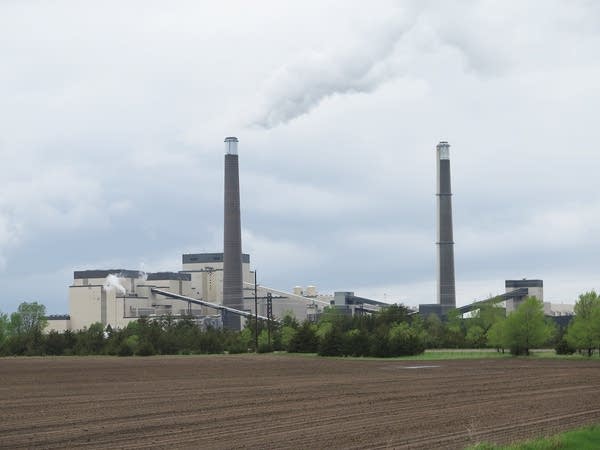Walz calls for 100 percent carbon-free electricity by 2040

Go Deeper.
Create an account or log in to save stories.
Like this?
Thanks for liking this story! We have added it to a list of your favorite stories.
Governor Tim Walz is pushing a goal for Minnesota to produce 100 percent carbon-free electricity by 2040, a decade earlier than he previously proposed.
The proposal is one of several policies the governor outlined last week to try to reduce the emissions of greenhouse gases linked to climate change.
A report recently released by the Minnesota Pollution Control Agency said the state is not on track to meet its goals to cut overall greenhouse gas emissions by 30 percent by 2025 and 80 percent by 2050, from 2005 levels. Minnesota’s overall greenhouse gas emissions have declined just 8 percent since 2005.
The state’s electric utilities have made the most progress by reducing the use of fossil fuels, such as coal-fired power plants, in favor of cleaner energy sources, such as wind and solar.
Turn Up Your Support
MPR News helps you turn down the noise and build shared understanding. Turn up your support for this public resource and keep trusted journalism accessible to all.
Other sectors, including transportation and agriculture, have been less successful in cutting emissions of carbon dioxide and other greenhouse gases.
Walz and some DFL lawmakers want to speed up the electricity sector’s progress by setting a deadline for electric utilities to use zero-emission energy resources by 2040.
Two years ago, Walz outlined a plan to make Minnesota’s electricity carbon-free by 2050, but it ran into opposition from Republican lawmakers.
A House bill, authored by Rep. Jamie Long, DFL-Minneapolis, had its first committee hearing last Thursday. The bill would set benchmarks for the proportion of a utility’s retail electric sales that must be generated from renewable energy over the next two decades, reaching 100 percent carbon-free in 2040.
Among those voicing support was Michael Noble, director of the nonprofit Fresh Energy, who said the price of clean energy, including wind, solar and battery storage, has fallen dramatically.
"Because new carbon-free electricity technologies are lower cost than the legacy fossil fuel technologies that they're replacing, we can do this in a way that saves money rather than increase consumer costs,” Noble said.
The state's largest utility, Xcel Energy, pledged in 2018 to be carbon-free by 2050, in part by closing its coal-fired power plant in Becker, Minn., by 2030.
Minnesota Power followed suit earlier this year, announcing it would add wind and solar energy and stop burning coal at its last remaining coal-fired power plant in Cohasset, Minn., by 2035.
Jessica Tritsch with the Sierra Club’s North Star Chapter called those efforts “positive steps,” but not enough.
“That timeline is not what scientists say is necessary to avoid the worst impacts of the climate crisis,” she said.
Utility representatives said they support the state's clean energy goals, but also have a responsibility to meet customer expectations for reliability and cost.
Environmental groups have praised utilities for replacing aging coal-fired power plants with wind and solar. But they’ve also been critical of their use of natural gas-fueled plants, which produce less emissions than coal but are not carbon free.




